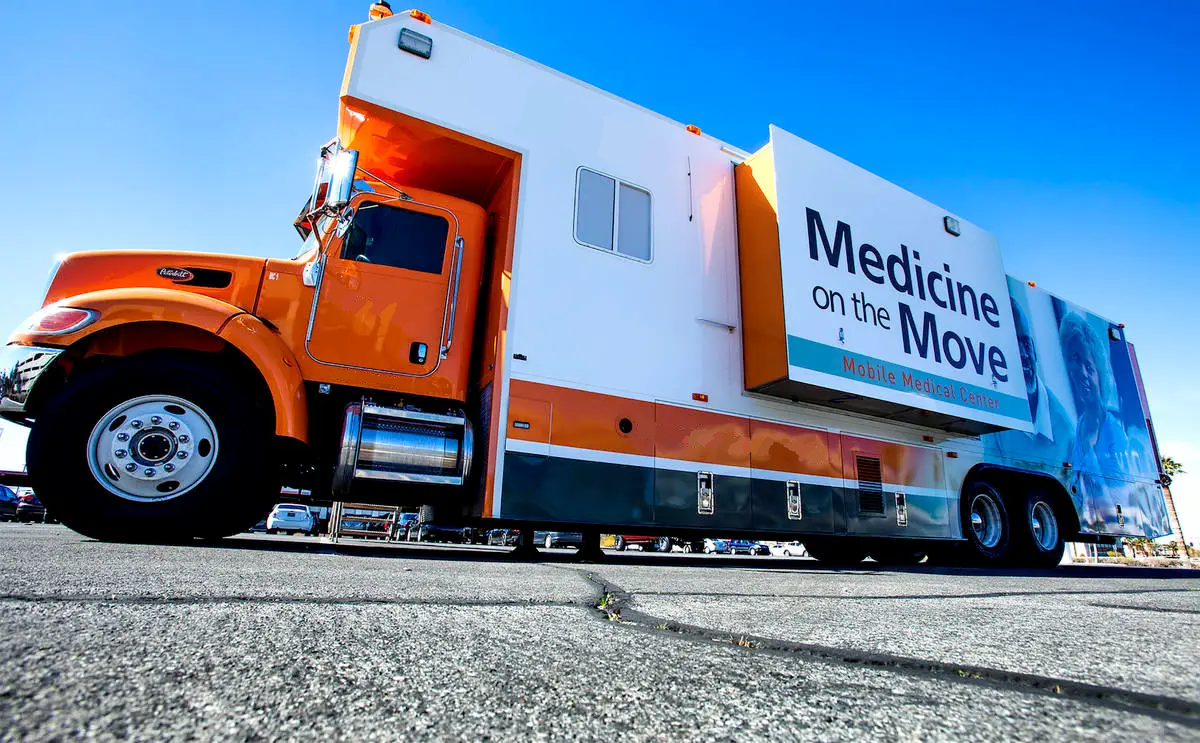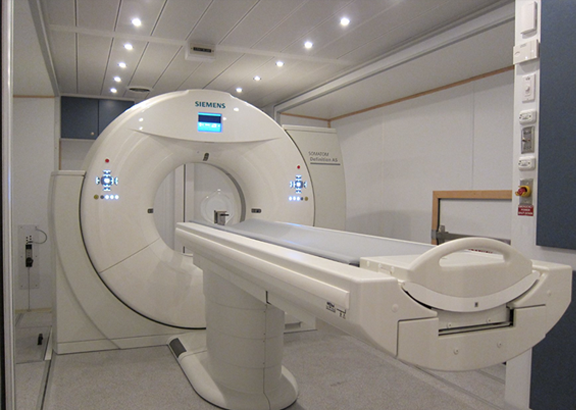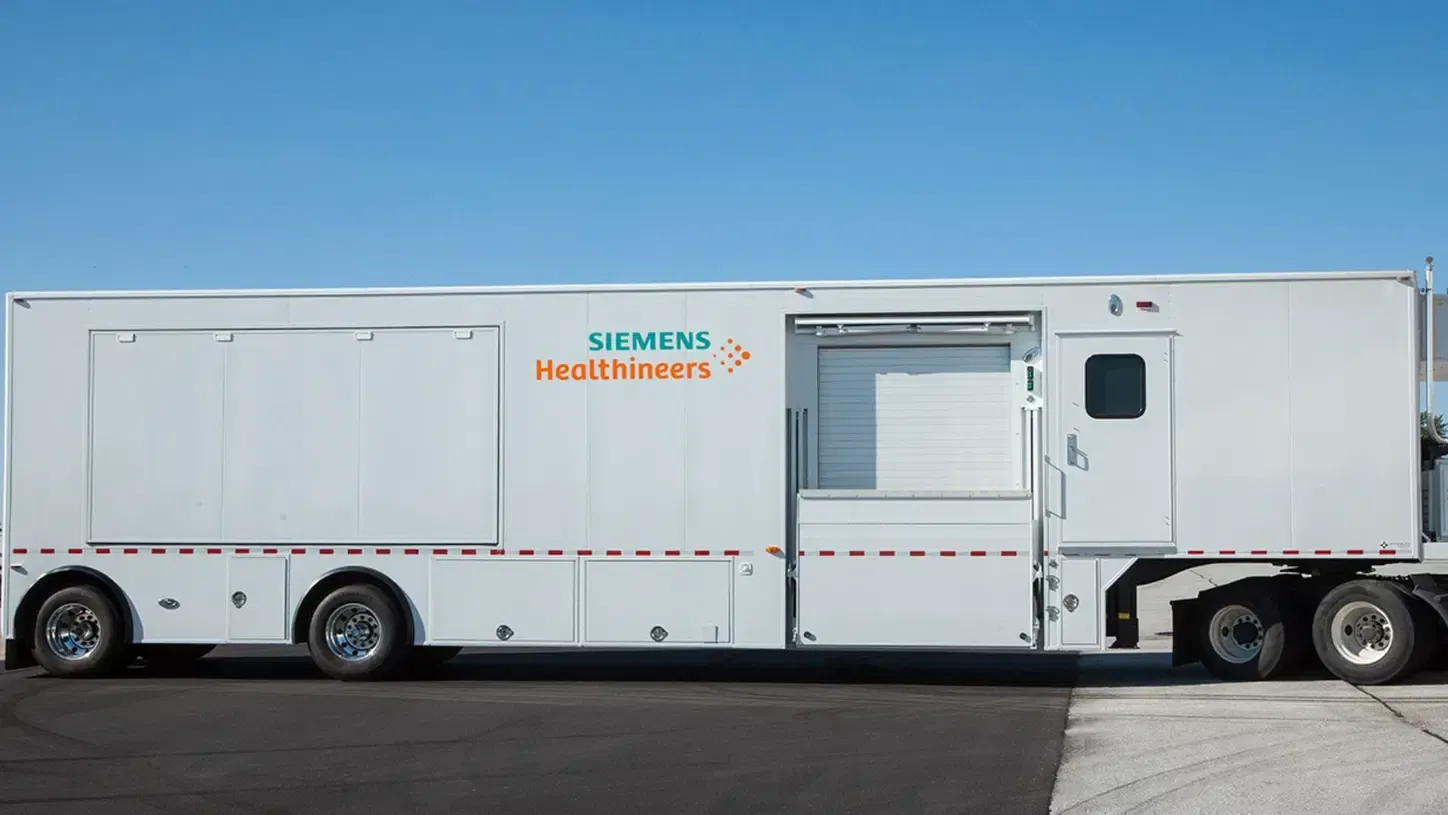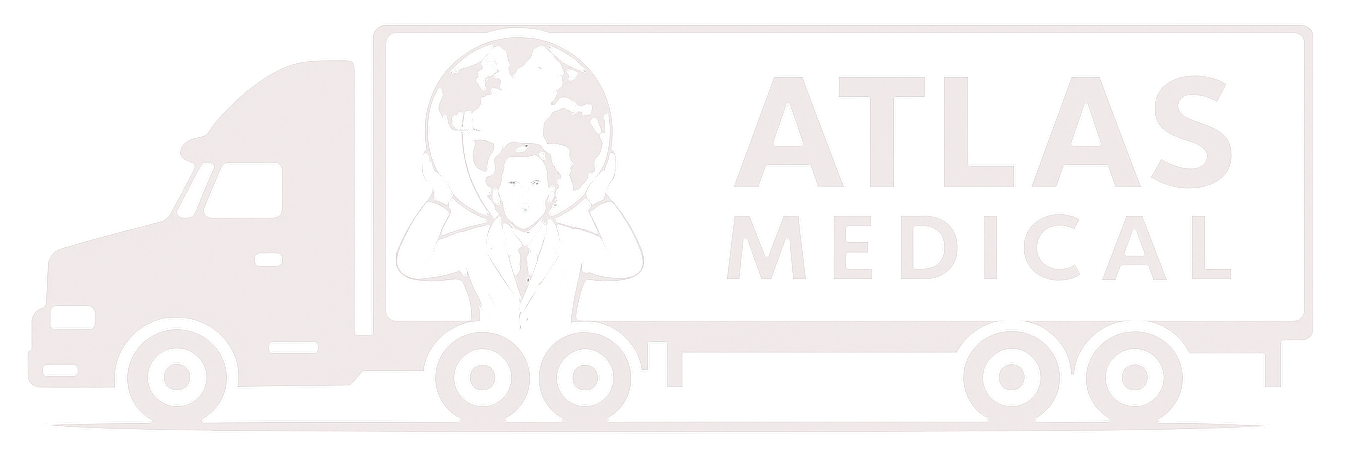July 29, 2025
In today's fast-paced healthcare landscape, the demand for accessible and efficient imaging solutions is more critical than ever. Welcome to your ultimate guide to mobile PET/CT rental services, where convenience meets cutting-edge technology. These services allow medical facilities to enhance patient care without the burden of expensive equipment purchases. Imagine having a state-of-the-art imaging solution at your doorstep, ready to deliver accurate diagnostics whenever and wherever needed. This guide will explore the benefits, logistics, and considerations of mobile PET/CT rentals, empowering healthcare professionals to optimize their services while maintaining high standards of care. Ready to unlock a new level of convenience in medical imaging? Let’s dive in! Understanding PET/CT Technology PET/CT technology, a fusion of Positron Emission Tomography (PET) and Computed Tomography (CT), stands at the forefront of medical imaging diagnostics. PET scans use radioactive tracers to visualize metabolic processes in the body, providing invaluable insights into the functionality of tissues and organs. CT scans, on the other hand, use X-rays to create detailed cross-sectional images of the body's internal structures. When combined, PET/CT imaging delivers comprehensive data, elucidating both anatomical and metabolic information, which is essential for accurate diagnosis and treatment planning. The integration of PET and CT technologies allows for the detection of abnormalities at a molecular level, often before structural changes become apparent. This early detection capability is crucial in oncology, cardiology, and neurology, where timely intervention can significantly alter patient outcomes. For instance, in cancer care, PET/CT can identify malignant tumors, monitor the effectiveness of therapies, and detect recurrences with remarkable precision. This dual-modality imaging not only enhances diagnostic accuracy but also minimizes the need for multiple scans, reducing patient exposure to radiation and streamlining the diagnostic process. Furthermore, advancements in PET/CT technology have led to the development of more sophisticated scanners with improved resolution and faster imaging times. Innovations such as time-of-flight (TOF) PET and digital PET have further enhanced image quality and diagnostic confidence. These technological strides underscore the importance of PET/CT in modern medicine, making it an indispensable tool for healthcare providers aiming to deliver top-tier patient care.





